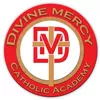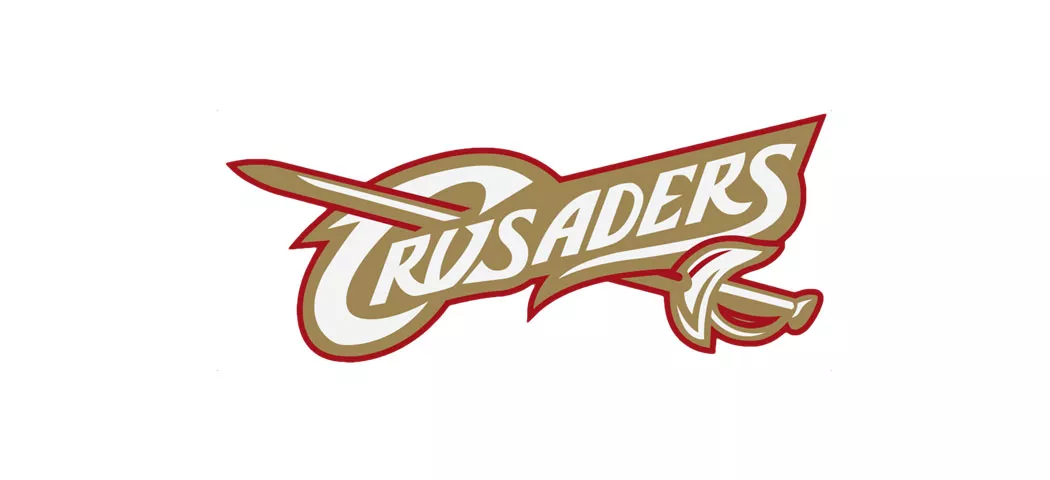
Divine Mercy Catholic School
Johnstown, PA
The mission of Divine Mercy Catholic Academy is to empower students through a Christ-centered academic excellence within a safe and secure environment that will create a solid foundation of values, leadership, and commitment to self and community.
Located in the Laurel Mountains of Pennsylvania, Johnstown is home to more than 20,000 people and known as a regional medical, educational, cultural, and communications center in the state. Once home to big steel producers, the area has undergone a lot of change.
Divine Mercy Catholic Academy, the Catholic school that serves the area, has also changed. In 2015, five different schools combined to form Divine Mercy. Today, Divine Mercy is split into three campuses—east campus, west campus, and a middle school. The school serves pre-K3 through grade eight students from a collection of diverse backgrounds. Students come from a mix of challenging and privileged backgrounds, making each student and their learning needs unique.
The challenge
Connecting the dots
While educators at Divine Mercy were familiar with Renaissance from prior roles and former schools, it wasn’t until 2017 when educators were introduced to Star Assessments.
Mary Fleck, the Data Coordinator and Computer Science teacher, oversees the implementation of Star Assessments for Divine Mercy and has been instrumental in putting an emphasis on data.
She, along with Rosemary Batzel and Mary Jo Podratsky, the principals of the East and West Campuses, went all-in on Star Assessments. Both knew there was a clear need for their teachers to see student progress, as well as individual reading and math levels. Plus, if students results
Data-informed instruction and growth goals
Today, Divine Mercy uses data from Star Assessments to tailor instruction, track growth, and so much more.
When rolling out Star Assessments, Mary Fleck and a core group of educators met with Renaissance Consultants in-person several times to learn about reporting, data, and best practices. They then continued their professional learning by attending a series of Renaissance-led webinars.
With a clear goal and process in mind, the group outlined a schedule for when to assess students. Students now take a Star test in the fall, winter, and spring. Each student at Divine Mercy has an individual growth goal tailored just for them. Their teacher, parents, and even the students themselves have input on the goal. This makes each goal team-orientated and it means so much more to the students. Parents and guardians are encouraged to also meet with their child’s teacher three times each year to discuss their child’s growth and progress.
“In our data meetings, we sit down and look at a few different reports and discuss what we can improve,” said Mary Fleck. If a student needs a little extra help, we ask their teacher: ‘What supports do you need in your classroom?’”
Each week, the team at Divine Mercy holds data meetings to look at key reports in Star Assessments like the Growth Proficiency Report and the Star Instructional Planning Report. They ask questions like: “What do we need to improve?” or “What’s going well?” These questions ensure that each student benefits as much as possible—in and out of the classroom.
“We’ve moved from teaching to learning,” said Mary Jo Podratsky. “What are our students learning? Star Assessments are the vehicle that has let us implement that idea.”
We’ve moved from teaching to learning. What are our students learning? Star Assessments are the vehicle that has let us implement that idea.
Mary Jo Podratsky, Principal, Divine Mercy Catholic Academy
Mary Fleck points to one student as a prime example of this.
“We had a fourth-grade student who started in the fall at a second-grade reading level,” said Mary Fleck. “We kept working with the student, tracking their progress through benchmarks, and tailoring instruction. That following fall as a fifth-grade student, they took their benchmark test in Star Assessments again and jumped up to 4.8—just about at grade level for reading and a huge jump.”
In addition to Star Assessments, Divine Mercy uses Freckle. Mary Fleck and the principals both point to Freckle helping extend the instructional lessons and content from classrooms. Freckle also provides individualized practice for each student and links to the Star Math assessment—a huge bonus.
Divine Mercy has made huge strides since 2017, placing in the top 20 percent of math results in the nation. While promising, their goal is to be in the top 15 percent and become a National Blue Ribbon School.
“Freckle has become our go-to tool for virtual learning as well,” added Mary Fleck. “It supports virtual lessons and meets students’ needs during this unprecedented time.”
Freckle has become our go-to tool for virtual learning as well.
Mary Fleck, Educator, Divine Mercy Catholic Academy
On the reading side, Divine Mercy also uses Accelerated Reader and myON—both playing a big part in encouraging students to read at home and challenge themselves. In the summer, Divine Mercy has used Accelerated Reader to curb the summer slide and challenge students to read while out of school.
“Success builds success,” stated Rosemary Batzel. “Renaissance has been with us each step of the way as we work to serve students better. We want students to own their education—and we’re getting there.”

